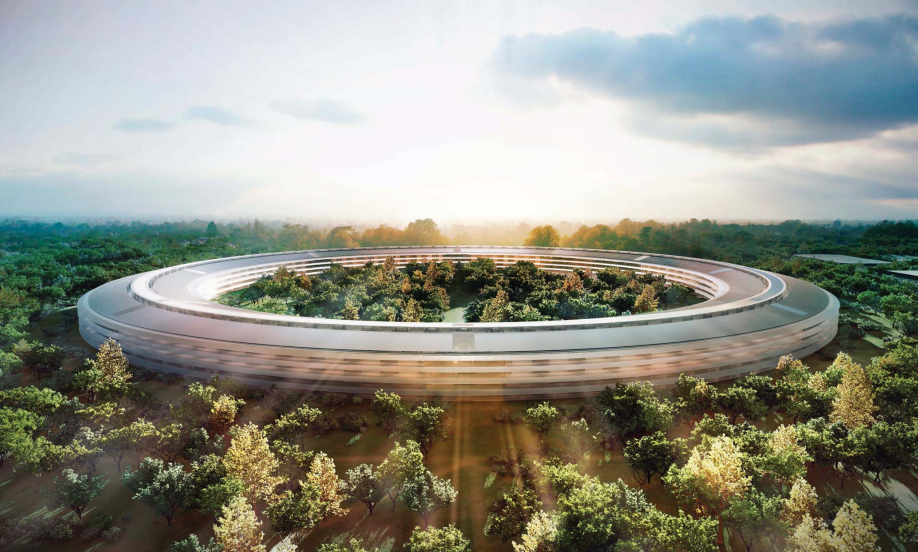Corporations, marketing consultants, and major players in the “global city” network increasingly pursue sustainability in a market-oriented fashion. They do so, on the one hand, out of concern that global climate change and related social and environmental problems will create instability in global markets that could be damaging to their business. On the other, they see an opportunity to distinguish themselves from the competition by investing in or creating new sustainable products, or advancing new sustainability policies and plans. This form of sustainability is commonly associated with “green capitalism,” an economic approach that sees a healthy environment as necessary for capitalism, and capitalism as necessary for a healthy environment.
This market-oriented approach may be traced to 1950s era “eco-modernist” frameworks popular amongst technocratic state governments, as well as international bodies such as the United Nations Development Project. Eco-modernism assumed that advances in science, technology, and design could act as a “fix” for the environmental, economic, and social contradictions produced by capitalism, resulting in conflict-free or “win-win” solutions that protect the environment and promote growth simultaneously. Market-oriented sustainability also draws upon post-1970s, neoliberal conceptual and political frameworks that seek to extend free markets and private-sector led modes of governance into most aspects of social life.
Today market-oriented frameworks underlie many if not most large-scale sustainability initiatives—from transit-oriented development to LEED certification, from smart growth to eco-city building. Such frameworks—involving new metrics, rankings, and logos—are also used to re-brand cities and corporations. They are embodied in marketing campaigns, niche products, and iconic buildings. Here “sustainability” or “greening” is understood as a boon to competitiveness and profits—attracting customers, clients, investors, and employees—and/or as a form of insurance and protection against future crises and market downturns. In an urban context, a market-oriented approach can lead to gentrification, linking sustainability to market-rate housing, higher cost of living, and higher-income residents. Insofar as it privileges the competitive “environment” for capital over other environments, such an approach often finds itself in competition or conflict with other, non-market forms of sustainability—in particular anti-capitalist, political ecology approaches, but also ecological and vernacular approaches. Typically, however, adherents of market-oriented sustainability seek to work with, and whenever possible incorporate, alternative or oppositional approaches.
Image: Architectural rendering of Apple's new Apple Campus 2 in Cupertino, CA; Apple Inc.

